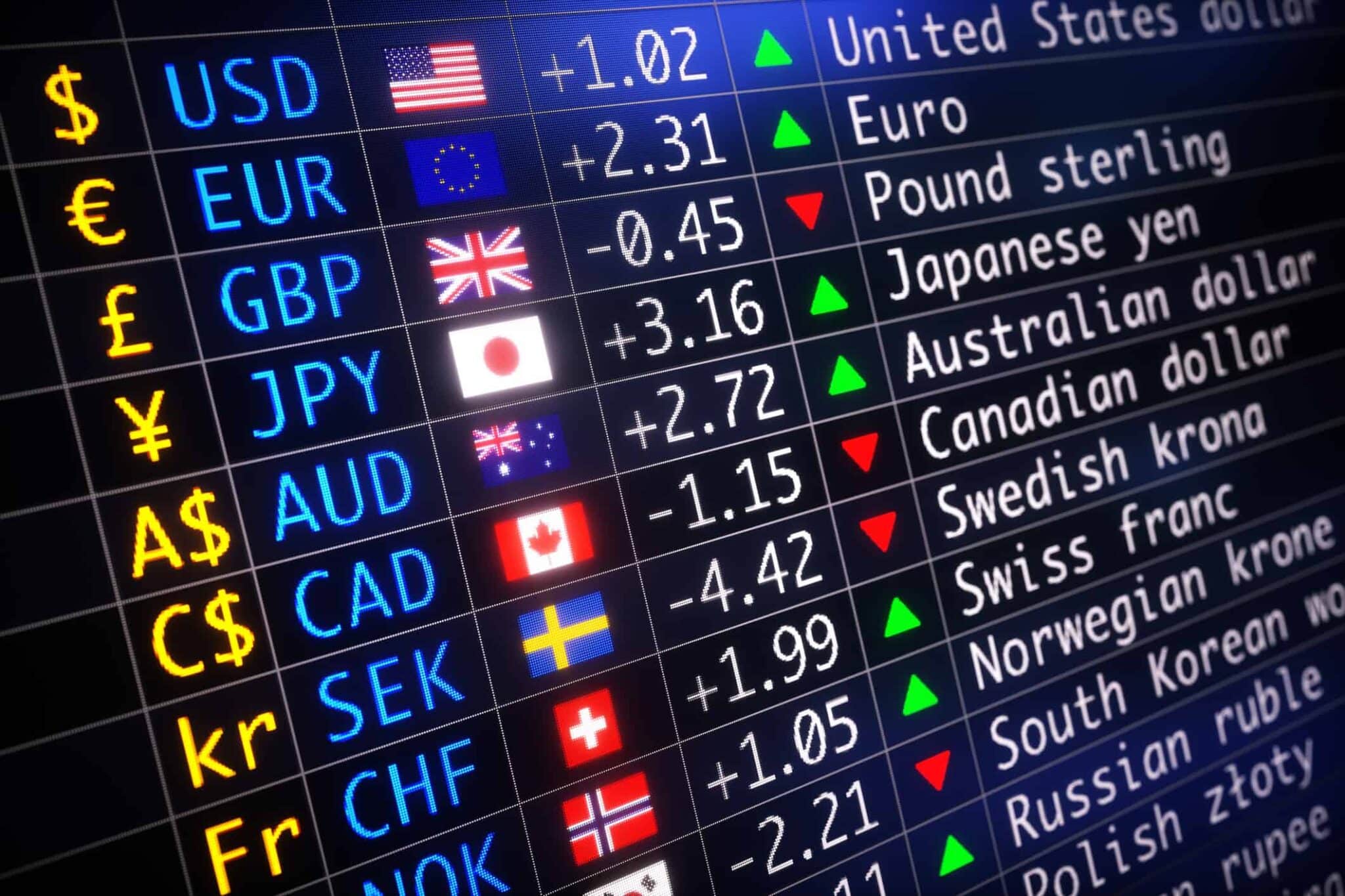
How Do I Start Trading Forex?
Start Forex Trading with These Essential Steps
Trading in the foreign exchange (forex) market can be highly rewarding for those willing to put in the time and effort . Forex trading involves buying and selling currency pairs to profit from the fluctuations in their exchange rates. The forex market is the world's largest and most liquid financial market, With a daily trading volume of over $6 trillion.
How To Start Trading Forex
To start trading forex, follow these steps:
- Educate Yourself
- Choose a Reliable Broker
- Develop a Trading Plan
- Open a Trading Account
- Practice with a Demo Account
- Understand Risk Management
- Stay Informed
- Start Trading
- Evaluate and Improve
Step 1: Gain a solid understanding of the forex market and its mechanics. Learn about currency pairs, such as major pairs like EUR/USD, USD/JPY, and GBP/USD, as well as minor and exotic pairs. Familiarize yourself with concepts like bid/ask prices, spread, pip value, leverage, and margin.
Step 2: Choose a Reliable Forex Broker Selecting the right forex broker is vital for a successful trading experience. Look for brokers that are regulated by reputable financial authorities and have a good track record. Consider factors such as trading platform functionality, available trading instruments, execution speed, customer support, and competitive spreads.
Ensure the broker offers a user-friendly trading platform that provides access to real-time market data, charting tools, and order execution capabilities. Demo accounts offered by brokers can be valuable for practicing and familiarizing yourself with their trading platforms.
Step 3:Develop a Trading Plan: Outline your trading goals, risk tolerance, preferred trading style (such as day trading, swing trading, or position trading), and time commitment. Focus on specific markets , the indicators and tools you will use for analysis, and the risk management techniques you will employ.
Use technical analysis (charts, patterns, and indicators) and fundamental analysis (considering economic data, news events, and geopolitical factors).
Step 4: Open a Trading Account Once you have chosen a broker .
Fill out the necessary application forms and provide the required identification and financial information. Brokers may require a minimum deposit to open an account, so ensure you have sufficient funds to meet their requirements.
Step 5: Practice with a Demo Account Before risking real money, it's advisable to practice trading with a demo account. Most brokers offer demo accounts with virtual funds, allowing you to simulate real trading conditions. Use this opportunity to refine your strategy, test different techniques, and familiarize yourself with the trading platform.
Practice analyzing charts, identifying entry and exit points, and managing your trades. Keep a trading journal to record your trades and analyze your performance.
Step 6: Understand Risk Management Effective risk management is crucial in forex trading. Determine your risk tolerance and establish appropriate risk-reward ratios for your trades. Implement risk management tools such as stop-loss orders to limit potential losses and take-profit orders to secure profits. Consider position sizing techniques to control the amount of capital you allocate to each trade relative to your account size.
Step 7: Stay Informed and Continuously Learn The forex market is constantly evolving, influenced by economic, political, and social factors. Stay updated on market news, economic indicators, central bank decisions, and geopolitical events that can impact currency movements. Follow financial news outlets, read relevant publications, and utilize economic calendars to track important events and announcements.
Engage with the trading community, participate in forums and social media groups, and learn from experienced traders. Continuously educate yourself by reading books, attending webinars and seminars, and taking advanced trading courses.
Step 8: Start Trading with Real Money Once you have gained confidence and achieved consistent results in your demo account,.
Start with a small amount of capital that you can afford to lose.
Stick to your strategy, analyze charts, and execute trades based on what you have determained.
Step 9: Evaluate and Improve Your Trading Performance Identify strengths, weaknesses, and areas for improvement.
Analyze your trades, keeping track of your wins and losses, and learn from both successful and unsuccessful trades.
Read More
-
AMD Stock Price Forecast - AMD at $223: AI GPU Ramp, CES 2026 Catalysts and the Next Move for NASDAQ:AMD
03.01.2026 · TradingNEWS ArchiveStocks
-
XRP Price Forecast - XRP-USD Near $2 as Whales Add $3.6B and ETF Inflows Top $1.18B
03.01.2026 · TradingNEWS ArchiveCrypto
-
Oil Price Forecast: Oil Near $60 Weigh Venezuela Shock Against 3.8M bpd Glut
03.01.2026 · TradingNEWS ArchiveCommodities
-
Stock Market Today - Wall Street Opens 2026; Dow 48,382, S&P 6,858 on Chip Rally, Gold Boom and Bitcoin $90K
03.01.2026 · TradingNEWS ArchiveMarkets
-
GBP/USD Price Forecast - Pound Tests 1.35 as BoE Caution Meets Soft US Dollar
03.01.2026 · TradingNEWS ArchiveForex


















